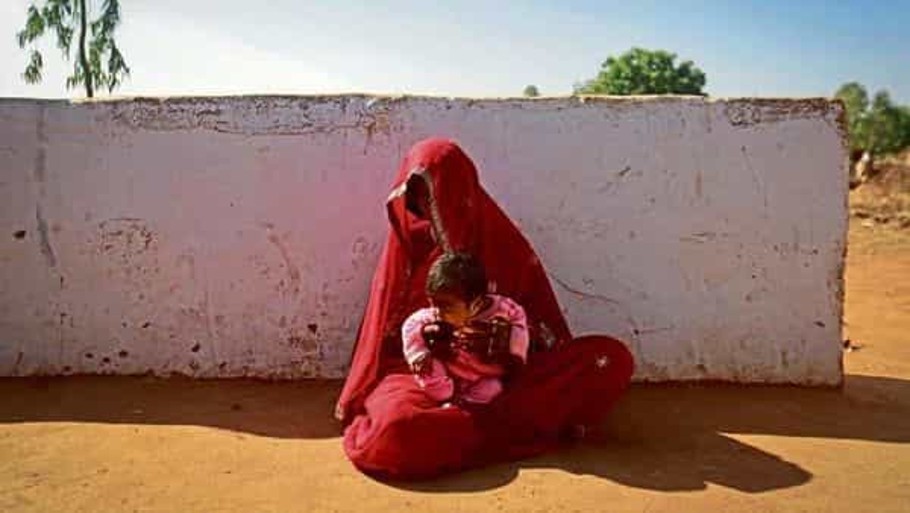
India to raise legal age of marriage for women to 21. Here are the implications

The government has decided to raise the legal age of marriage for women to 21, from 18, the same as the legal age of marriage for men.
Following the decision, the government will introduce an amendment to the Prohibition of Child Marriage Act, 2006, and bring amendments to the Special Marriage Act and personal laws such as the Hindu Marriage Act, 1955.
Personal laws of various religions have their own standards, rooted in social norm, when it comes to marriage.
The Hindu Marriage Act, 1955, sets 18 years and 21 years as the minimum age for women and men. In Islam, the marriage of a minor who has attained puberty is considered valid.
The Special Marriage Act and the Prohibition of Child Marriage Act prescribe 18 and 21 years as the minimum age of consent for marriage for women and men. These laws are now expected to be amended.
Early marriage and resulting pregnancies negatively affect nutritional levels of mothers and children, and their health and mental wellbeing. They also have an impact on infant mortality rate (IMR) and maternal mortality rate (MMR). A girl who is married as a child is more likely to be out of school and not earn money and contribute to the community. She is more likely to experience domestic violence and have more children.
According to the National Family Health Survey, child marriage in the country has come down from 27 per cent in 2015-16 to 23 per cent in 2019-20. The government has been pushing to further bring this down.
In order to do this, the Ministry for Women and Child Development set up a task force in June 2020, headed by Samata Party president Jaya Jaitly, to look into the correlation between the age of marriage and women’s nutrition, prevalence of anaemia, IMR, MMR and other social indices.
The committee looked into the feasibility of increasing the age of marriage and its implication on women and child health, as well as how to increase access to education for women. The committee also recommended a timeline by which the government could implement the policy, as well as the amendments needed to existing laws.
The committee based its recommendations on feedback it received from young adults from 16 universities across the country. More than 15 nongovernmental organisations were also engaged to reach out to young adults in far-flung areas and marginalised communities.
Critics of the Proposal
Activists and population and family planning experts say the move would push a large portion of the population into illegal marriages.
They contend that despite being illegal, child marriages continue in India, and that education and employment opportunities, not coercive laws, are needed to tackle the issue.
Such laws, in particular, negatively impact marginalised communities, such as scheduled castes and scheduled tribes, making them law-breakers, they insist.


